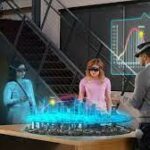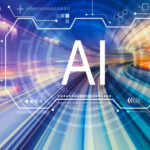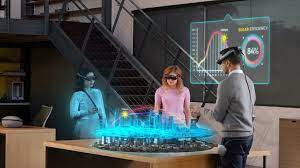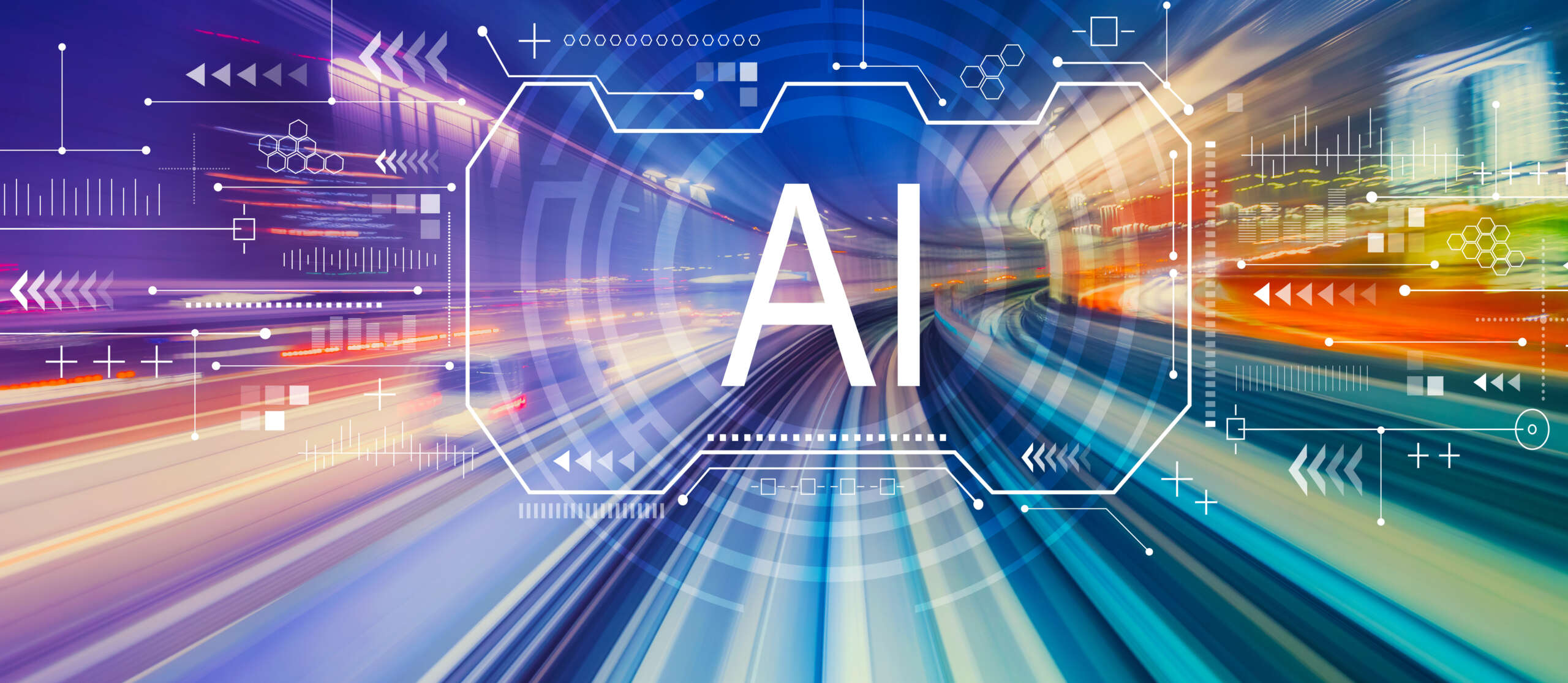Introduction
Spatial computing, a revolutionary technology that merges the physical and digital worlds, is transforming how we interact with information and our surroundings. Unlike traditional computing, which confines interactions to screens, spatial computing integrates digital content seamlessly into the physical environment. This article explores the concept of spatial computing, its underlying technologies, real-world applications, and its potential to redefine our relationship with digital information.
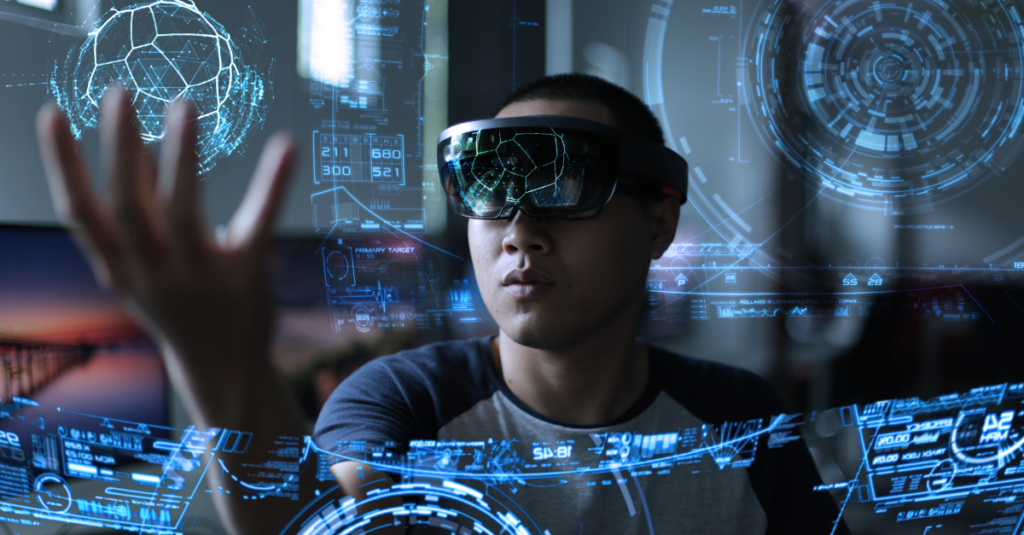
Understanding Spatial Computing
Spatial computing refers to the convergence of physical reality and digital information within a unified space. It involves technologies that enable the perception and manipulation of digital content in three-dimensional space, allowing users to interact with virtual elements as if they were part of the real world.
Key Components of Spatial Computing:
- Sensors and Perception: Spatial computing relies on sensors such as cameras, depth sensors, LiDAR, and GPS to perceive the physical environment accurately.
- Spatial Mapping: The technology maps physical spaces in real-time, creating digital representations or overlays of the environment.
- Augmented Reality (AR) and Mixed Reality (MR): AR and MR technologies superimpose digital content onto the physical world, enabling users to interact with both real and virtual elements simultaneously.
- Gesture and Voice Recognition: Interfaces that interpret gestures and voice commands allow users to interact naturally with digital content in spatial computing environments.

Applications of Spatial Computing
- Augmented Reality in Retail: Retailers use AR to offer customers immersive experiences, allowing them to visualize products in their homes before making a purchase.
- Spatial Design and Architecture: Architects and designers leverage spatial computing to create virtual models and walkthroughs of buildings, facilitating better design decisions and client presentations.
- Education and Training: Spatial computing enhances education by providing interactive and immersive learning experiences, from virtual field trips to complex simulations in science and engineering.
- Healthcare and Medical Training: Surgeons use AR to overlay medical imaging data onto a patient’s body during surgery, providing real-time guidance and improving precision.
- Gaming and Entertainment: Spatial computing enhances gaming experiences by placing virtual elements in the player’s physical environment, blurring the lines between the game and reality.
- Navigation and Wayfinding: AR applications assist users in navigation by overlaying directional information and points of interest onto the physical environment, improving situational awareness.

Challenges and Future Outlook
Despite its immense potential, spatial computing faces several challenges:
- Hardware Limitations: Current hardware, such as AR glasses and devices, needs to become more lightweight, affordable, and socially acceptable for widespread adoption.
- Data Privacy and Security: Collecting and processing real-time data for spatial mapping raises concerns about privacy and security, requiring robust measures to protect user information.
- User Experience and Interface Design: Designing intuitive and seamless user interfaces for interacting with spatial computing environments remains a challenge.
- Content Creation and Standardization: Developing and standardizing content creation tools and formats is essential for enabling widespread adoption across industries.
The future of spatial computing is promising. As technology continues to advance, we can anticipate:
- Improved Hardware: Advances in miniaturization, optics, and processing power will lead to more capable and accessible spatial computing devices.
- Expanded Applications: Spatial computing will permeate various industries, from manufacturing and construction to healthcare and entertainment, revolutionizing workflows and experiences.
- Enhanced User Interaction: Innovations in gesture recognition, voice control, and haptic feedback will further enhance the natural interaction between users and digital content in spatial environments.
Conclusion
Spatial computing represents a paradigm shift in how we interact with digital information, blurring the boundaries between the physical and virtual worlds. As the technology matures, it will revolutionize industries, redefine user experiences, and unlock new possibilities for innovation. Overcoming current challenges and addressing concerns about privacy, user experience, and content creation will be crucial in realizing the full potential of spatial computing. The evolution of this transformative technology promises a future where digital information seamlessly integrates into our daily lives, enriching experiences and reshaping our understanding of reality.

